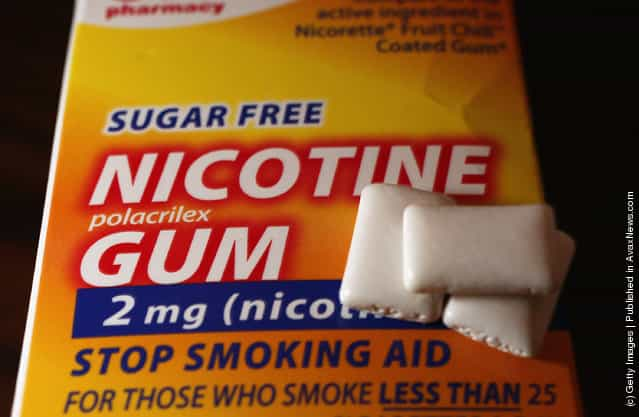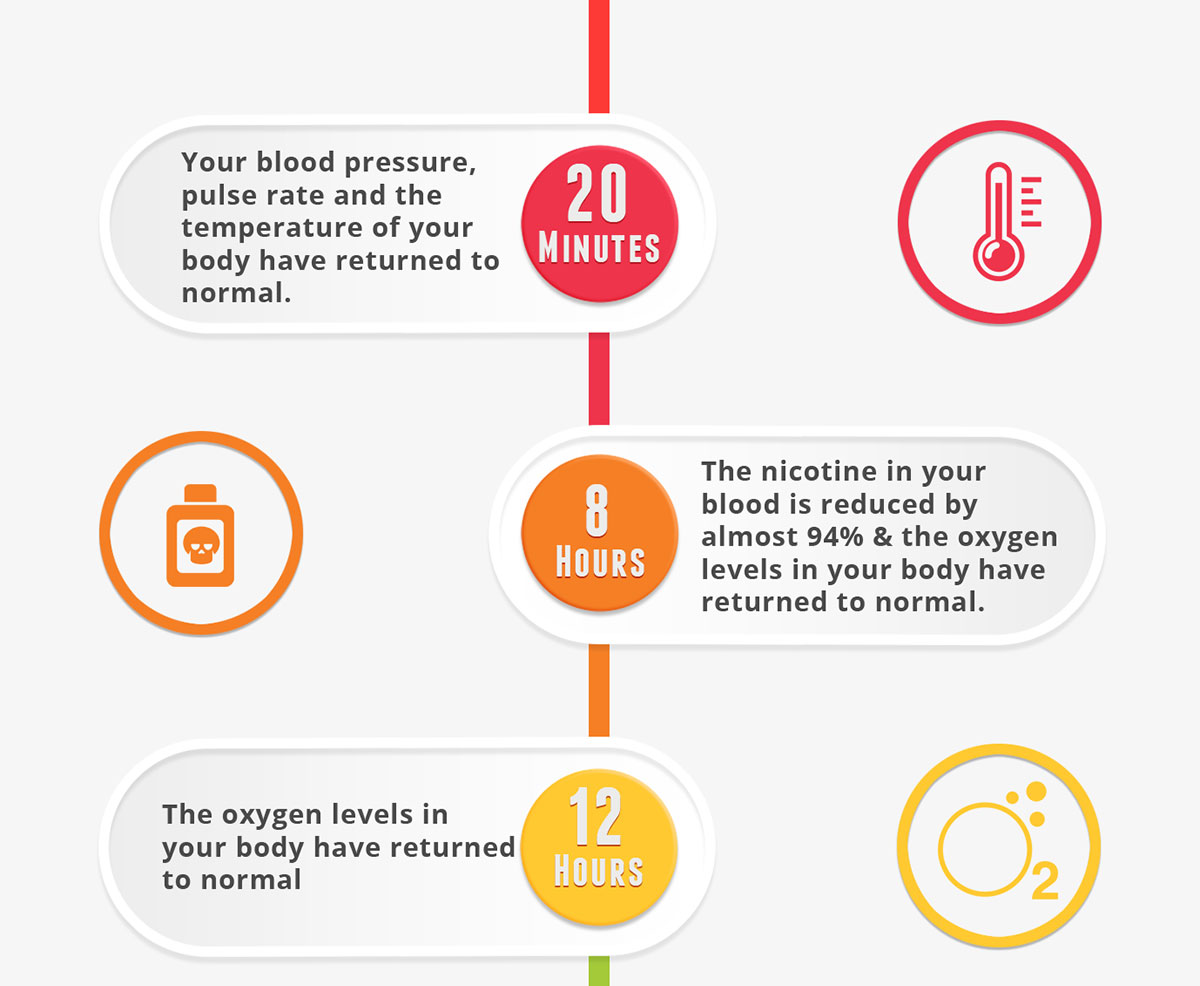About What to Expect When You Quit smoking and Start Vaping?


Quit Smoking: BenefitsHelp, Quit Plans and Resources
Get This Report about Quit Smoking Timeline -What To Expect When You Quit Cigs
Just 1 day after quitting smoking, the threat of cardiac arrest starts to reduce. Smoking cigarettes raises the danger of developing coronary heart problem by reducing excellent cholesterol, which makes heart-healthy exercise harder to do. Smoking likewise raises blood pressure and increases blood embolisms, increasing the risk of stroke. In just 1 day after giving up smoking cigarettes, a person's high blood pressure begins to drop, decreasing the danger of cardiovascular disease from smoking-induced hypertension.

What happens after you stop smoking: A timeline
Smoking cigarettes harms the nerve endings responsible for the senses of smell and taste. In as little as 2 days after giving up, an individual might see a heightened sense of smell and more vivid tastes as these nerves recover. 3 days after stopping cigarette smoking, the nicotine levels in a person's body are diminished.
Around 3 days after stopping, a lot of people will experience moodiness and irritability, extreme headaches, and cravings as the body adjusts. In as low as 1 month, a person's lung function starts to improve. As the lungs heal and lung capacity improves, previous smokers might discover less coughing and shortness of breath.

Little Known Facts About Nicotine Withdrawal Symptoms & Timeline - The Recovery.
For the next numerous months after stopping, blood circulation continues to enhance. Nine months after stopping, the lungs have considerably healed themselves. The delicate, hair-like structures inside the lungs called cilia have recovered from the toll cigarette smoke handled them. tabex stop smoking help push mucus out of the lungs and help fight infections.

Quit Smoking
One year after giving up smoking, a person's risk for coronary heart illness reduces by half. This threat will continue to drop past the 1-year mark. Cigarettes contain lots of recognized contaminants that trigger the arteries and blood vessels to narrow. These exact same toxins also increase the possibility of establishing blood embolisms.
This widening means the blood is less likely to clot, lowering the danger of stroke. The risk of stroke will continue to reduce over the next ten years as the body heals increasingly more. After 10 years, a person's possibilities of developing lung cancer and dying from it are roughly cut in half compared to someone who continues to smoke.
